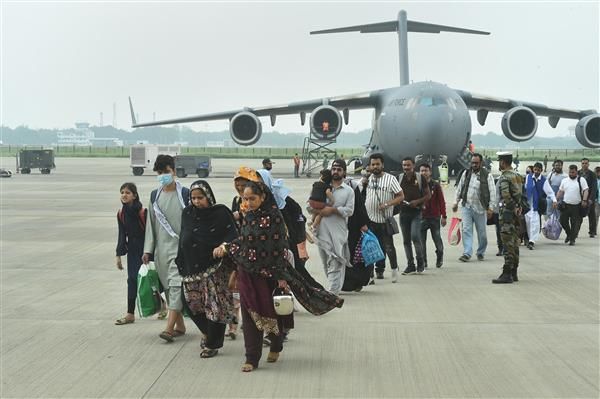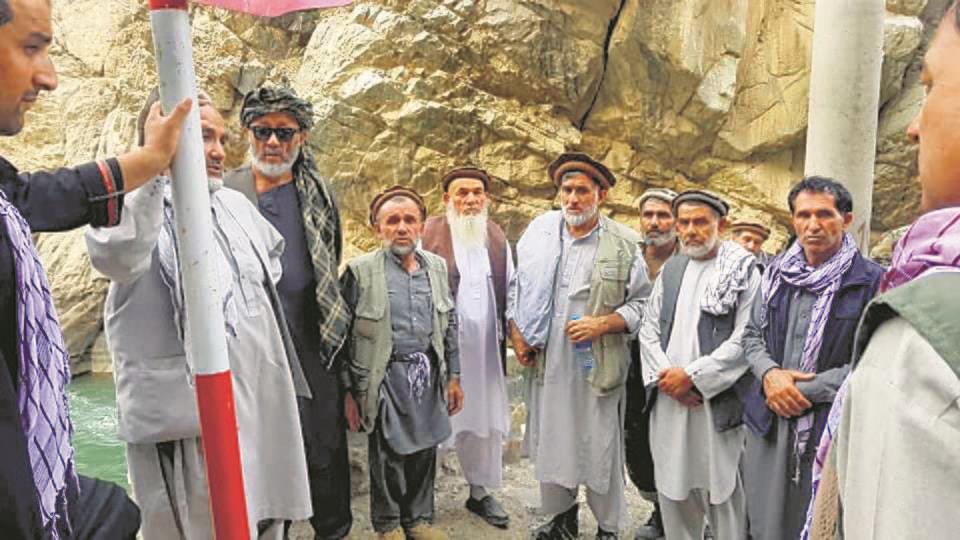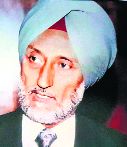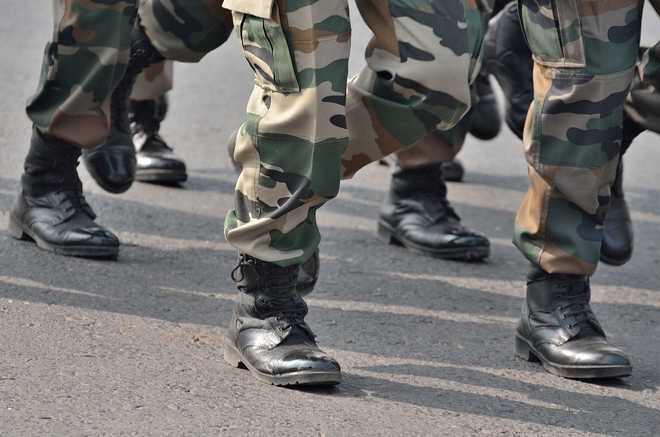India should consider re-strategising options

Within two days of the Taliban’s capture of the Afghan capital, New Delhi had evacuated around 200 people, including the Ambassador and other embassy staffers. File photo
There are disconcerting reports that hundreds of Indians are still stuck in Afghanistan, more than a week after the Taliban seized control of Kabul on August 15. These include workers who had been deployed at the sites of various projects in the war-torn country. Within two days of the Taliban’s capture of the Afghan capital, New Delhi had evacuated around 200 people, including the Ambassador and other embassy staffers. The first evacuation flight brought back over 40 people on August 16, followed by 150 others a day later. The Indian government seems to have thought and acted uni-dimensionally by closing the embassy and airlifting the diplomats and other officials right away.
Though the government has been reiterating that the evacuation of all Indians from Afghanistan is its top priority, some bottlenecks impeding the process have not been removed. Many Indian workers have found themselves stranded as they are not in possession of their passports – these had been deposited with their employers, who fled for their lives as the Taliban made rapid inroads into the cities. Documentation or lack of it should not be a decisive factor when the safety of citizens is at stake, especially when no embassy staffers are around to provide assistance.
The Centre needs to consider its options sooner than later in the interests of these citizens. Such moves would necessitate keeping all channels of communication open with the Taliban. India has pumped over $3 billion into Afghanistan in the past two decades, including investments in over 400 infrastructure projects across the country. With a Taliban-led government set to take shape, India should go all out to protect its strategic interests and build on the development initiatives undertaken in healthcare, education and other sectors. The strength of the bilateral ties can be gauged from the fact that Afghanistan’s new parliament building was raised with funds disbursed by India. All the good work and the consequent goodwill must not go down the drain. Certain Indian presence in Kabul is a prerequisite for engaging constructively with the new rulers.
























































































































